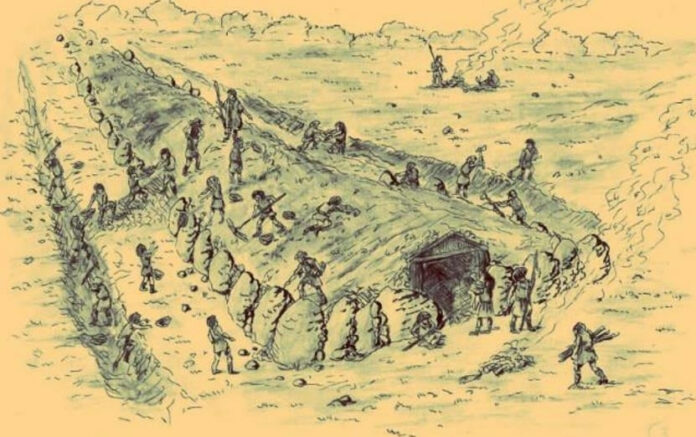The “Polish Pyramids” refer to a collection of megalithic burial sites found in Wietrzychowice, Poland. These are extended mounds, measuring as much as 150 meters in length and 2 to 3 meters in height, and are likely associated with the Funnelbeaker culture from around 4000 years BC.

Discovery in Dolice
In the serene landscape of Western Pomerania, Poland, an exciting discovery has emerged through the efforts of Dr. Agnieszka Matuszewska from the University of Szczecin and her colleague Marek Schiller. While engaged in a detailed research and conservation project, they unearthed more than a dozen megalithic tombs near the town of Dolice. These tombs, due to their massive and imposing structure, have earned the nickname ‘Polish pyramids.’
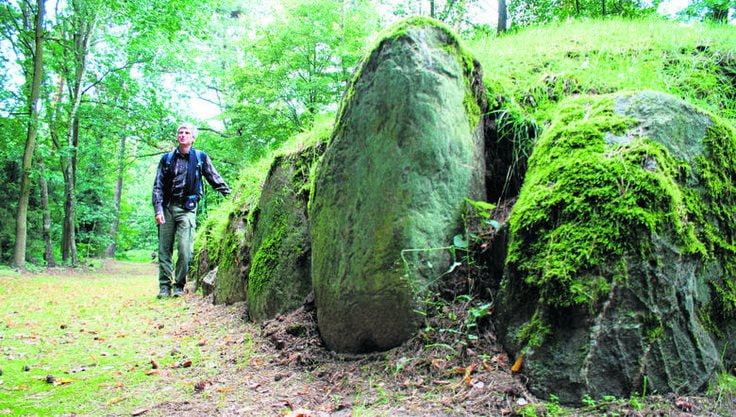
The Architectural Marvel
Constructed in an elongated triangular shape and encased by large stone blocks, these structures are monumental. Each stands about 3 meters tall, stretches up to 150 meters in length, and spans 6 to 15 meters in width.
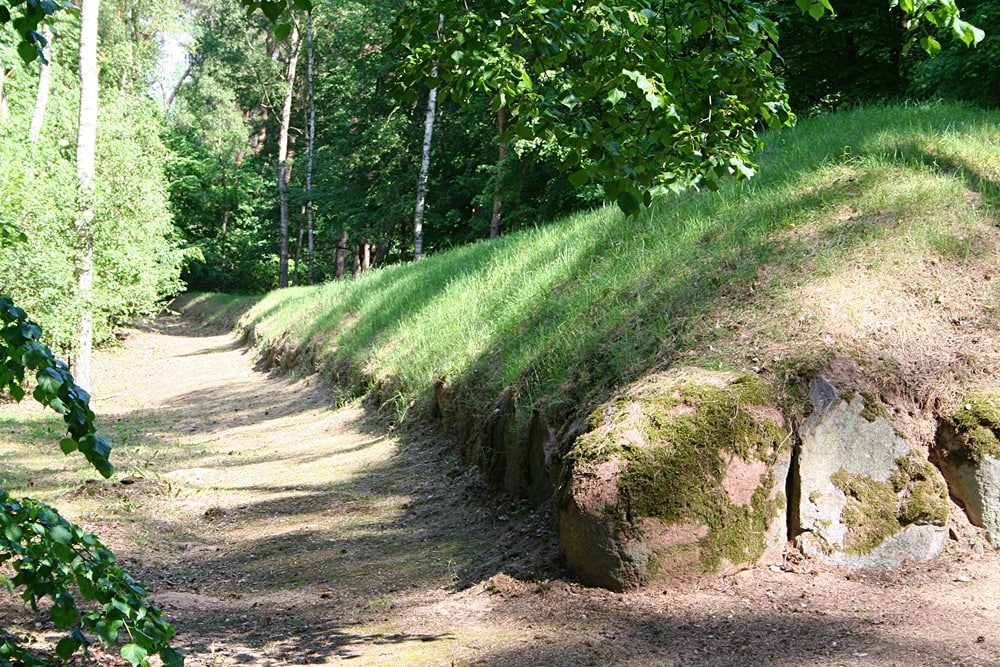
The tombs were built by the Funnel Beaker Culture community, a prehistoric group that inhabited the area from the 5th to the 3rd millennium BC. This site is particularly challenging to study due to its coverage by dense, old forest undergrowth, complicating the excavation and examination processes.
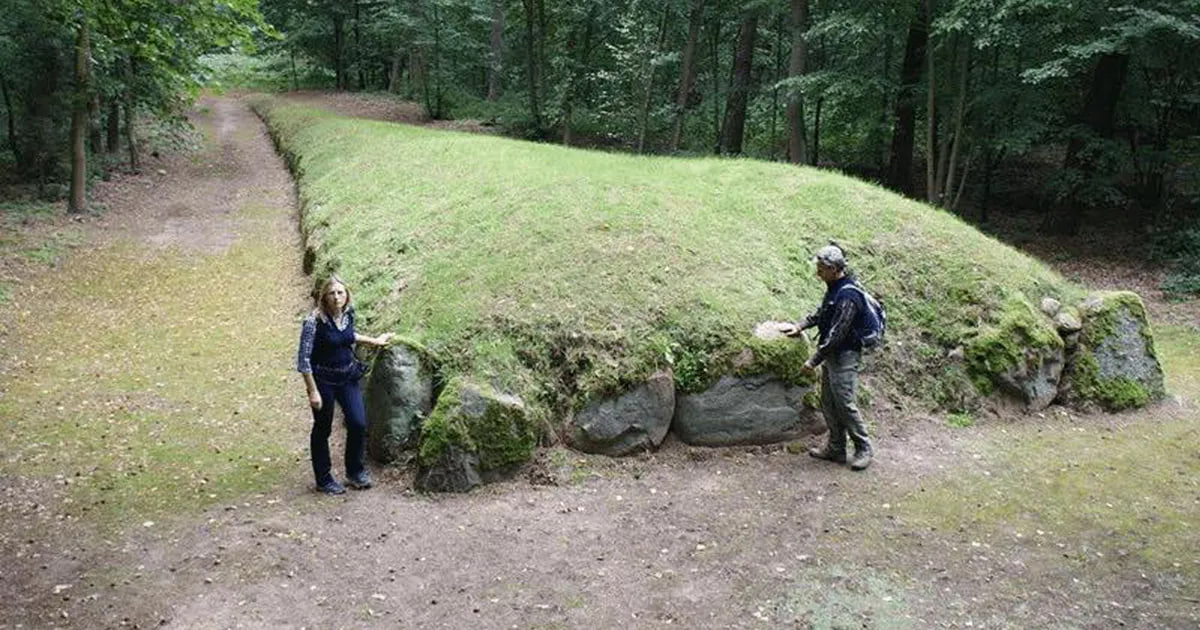
Archaeological Findings and Techniques
The discovery was bolstered by the use of advanced technologies such as digital terrain models (DTM) and three-dimensional mapping based on airborne laser scanning (ALS).
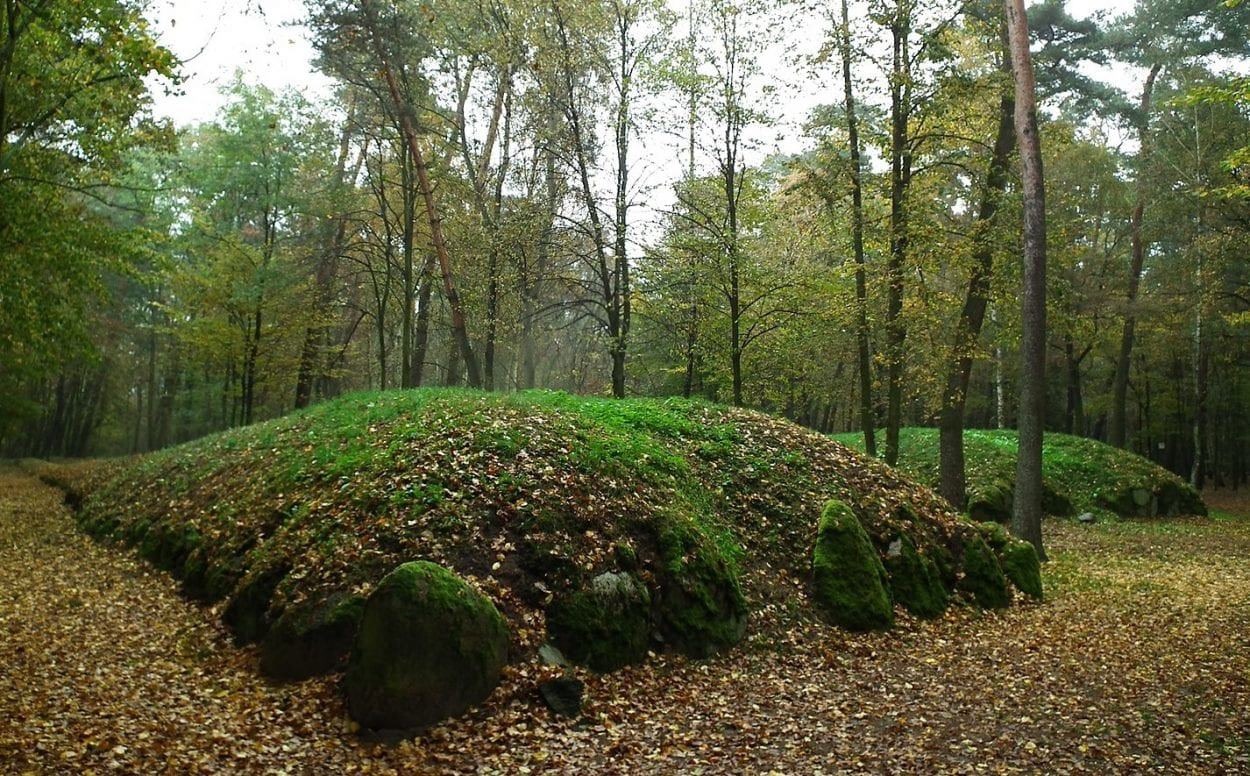
These methods have not only confirmed the existence of previously known tombs but also revealed new ones. To date, 18 Kujawy type megalithic tombs have been identified, surpassing the number documented in prior literature.
Cultural and Historical Insights
The tombs are believed to be single burial sites for esteemed tribal elders, indicating their significant status within their community. This hypothesis is supported by artifacts found at the site, including fragments of pottery. Further exploration and analysis are expected to provide deeper insights into the lives and practices of these ancient people.
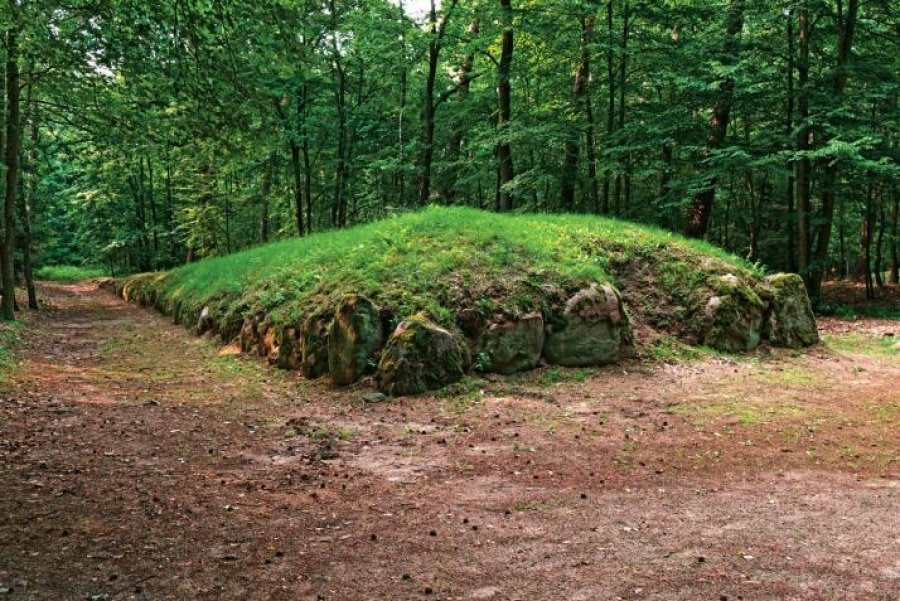
Preservation Efforts
Preservation of these sites has been a concern since 1936, spearheaded by renowned researchers Jazdzewski and Kostrzewski.
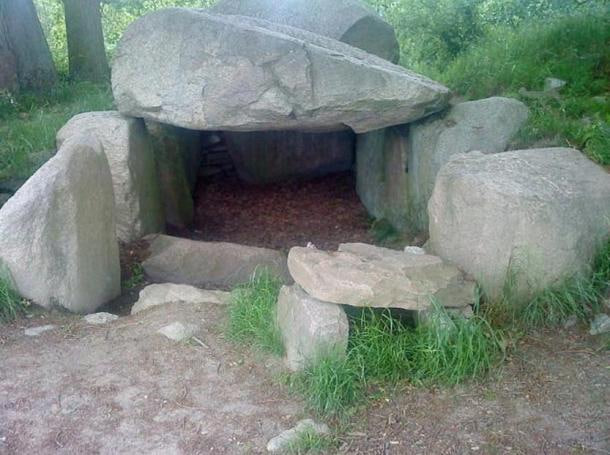
The ongoing protection efforts are crucial as many such structures across Poland have been lost to agricultural expansion and urban development over the centuries. Additionally, historical usage of tomb materials in construction during the 19th century further emphasizes the importance of these conservation activities.
Conclusion: Unveiling the Past, Safeguarding the Future
The discovery in Dolice, along with findings in nearby Ploszkowo and more renowned sites like Sarnow and Wietrzychowice, paints a rich tapestry of Poland’s prehistoric era. These sites not only offer a glimpse into the architectural ingenuity of ancient cultures but also hold the potential to unlock mysteries of the human past akin to those posed by British Stonehenge. As research and preservation efforts continue, each finding adds a valuable piece to the puzzle of our collective heritage, ensuring that these ancient marvels are protected for future generations to appreciate and study.



